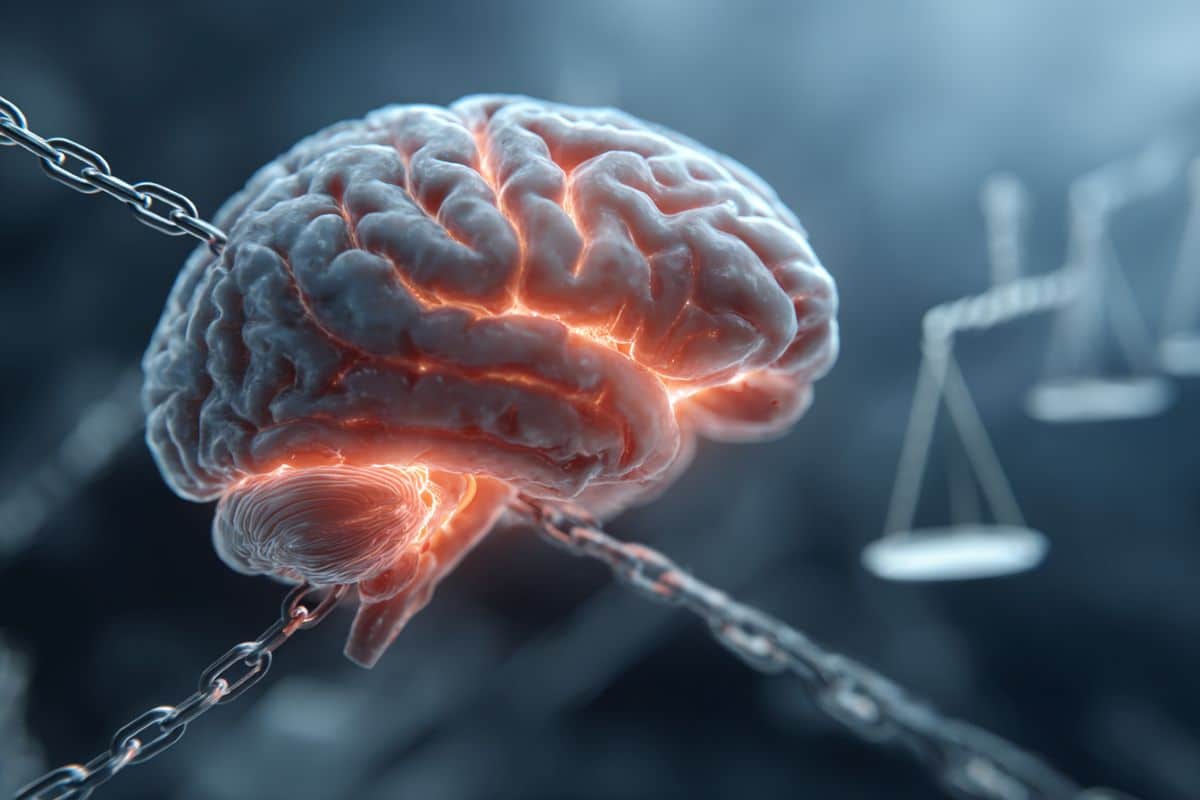Summary: Chronic pain affects millions, but opioid medications bring high risks of dependence and side effects. Researchers have now pinpointed specific neurons in the amygdala that make pain feel unpleasant, opening the door to drugs that ease suffering without shutting down normal sensation.
With a new $12 million NIH grant, scientists are working to design small molecules that target these neurons safely. Though still in preclinical stages, this research could transform chronic pain management and reduce reliance on opioids.
Key Facts
- Target Identified: Pain-related neurons in the amygdala drive the emotional suffering of pain.
- Non-Opioid Pathway: New drug candidates aim to block unpleasantness while maintaining sensation.
- Major Backing: A $12 million NIH grant supports the preclinical development of this approach.
Source: UNC
Chronic pain is a struggle for so many and has staggering impact on the lives it affects. Matt Mauck, MD, PhD, an anesthesiologist, pain medicine physician, and chronic pain researcher at the UNC Hospitals Pain Management Center, sees this every day.
“Chronic pain impacts quality of life, relationships, general activity, sleep and so many other essential life functions. and often is accompanied with many symptoms such as fatigue and low mood,” said Mauck. “Research is needed to develop new therapies to help these patients.”

Pain management providers use a combination of evidence-based treatment options that involve medications, therapy, injections, and specialized procedures to improve pain. But sometimes, these therapies are not enough to enable patients to have control over their pain.
Opioid medications, like oxycodone and tramadol, can help in the short-term but the long-term use can be problematic and complicated by developing tolerance and addiction.
Researchers, like Gregory Scherrer, PharmD, PhD, are determined to create a new pain medication that can offer relief to those in need—without the addictive properties. Now supported by a multi-million U19 grant from the National Institutes of Health (NIH), the research team is in the process of converting their basic science findings into clinically relevant results.
“The fundamental problem is that pain is unpleasant,” said Scherrer, who is an associate professor in the UNC Department of Cell Biology and Physiology, the UNC Neuroscience Center, and the UNC Department of Pharmacology. “We are currently working on several drug candidates that can target specific neurons in the brain and turn off the ‘unpleasantness’ of pain, while maintaining sensation in the body.”
The Purpose of Pain
Pain serves as a warning signal to our bodies, alerting us that something is actually or potentially harming the body’s tissues.
When a painful stimulus is first sensed by neurons in nerves, that information is relayed to the spinal cord and up to the brain. From there, the pain becomes a conscious, emotional experience. It is this painful, negative signal that motivates us to avoid whatever is causing pain, whether that be by removing our hand off a hot stove or mending a bone fracture.
However, when someone has chronic pain—or pain that lasts for six months or longer after an injury—the pain continues long after their “hand” has been off the stove.
Pharmaceutical companies have attempted to create medications to help address chronic pain, but with limited success so far and not without significant side effects. Opioid medications, along with the natural derivative opium, have been in use for thousands of years for pain relief. They work by binding to specific receptors in the brain, providing pain relief and the sensation of euphoria.
“Where it gets tricky is that some pain management treatments like local anesthetics can prevent you from feeling any sensation at all, painful or otherwise,” said Scherrer. “On the other hand, opioids directly activate reward circuits in the brain and can lead to dependence or withdrawal symptoms once the therapy is stopped.”
A New Way to Target Pain
To reduce suffering pain more efficiently and with reduced side effects, Scherrer has focused his research on the nervous system and how it perceives pain and pain relief. But for many years, researchers weren’t sure what specific neurons were responsible for making pain unpleasant.
“We thought that if we could find these cells somewhere in the brain, we might be able to treat pain in a whole new way,” said Scherrer. “By targeting these cells, chronic pain would be less unpleasant, but you could still sense that you have a problem.”
After years of research, Scherrer was able to pinpoint those exact brain cells. As revealed in a 2019 study in Science, these cells are located in the amygdala, a peanut-sized area of the brain that regulates emotional responses to pain and fear.
Using a miniature microscope situated on the head of a mouse model, researchers tracked what nerves would “light up” in response to pain. Out of 17,000 neurons in the amygdala, one specific set of cells were constantly activated during pain.
After his ground-breaking study in 2019, Scherrer needed to know what receptors within these cells could serve as docking stations for a drug-like molecule. With funding from the National Institutes of Health’s HEAL (Helping to End Addiction Long-term) Initiative, he isolated these neurons and used a technique known as RNA sequencing to identify these docking sites, and small molecules for these receptors, termed ligands.
Now, The Preclinical Development Stage
In March, Scherrer’s research received a $12 million U19 grant from the NIH to further his research. A U19 grant from the NIH is a prestigious, multi-year cooperative award that supports complex, research collaborations addressing high-priority scientific or public health challenges.
Experts from the UNC School of Medicine, Stanford University, and the University of California, San Francisco, are now developing a small molecule with drug-like properties that can activate receptors in mouse models and the human amygdala.
Jeff Aubé, PhD, a medicinal chemist at the UNC Eshelman School of Pharmacy, and Bryan Roth, MD, PhD, an expert on therapeutic drug discovery at the UNC School of Medicine, will be working alongside Scherrer to elevate their research efforts. Although far from clinical trials, the team is closer than ever to creating a new pain drug,
“Our goal over the next five years or more is to develop a pain drug candidate and then to file an Investigational New Drug (IND) application with the FDA to begin clinical trials,” said Scherrer.
About this pain and neuropharmacology research news
Author: Kendall Daniels Rovinsky
Source: UNC
Contact: Kendall Daniels Rovinsky – UNC
Image: The image is credited to Neuroscience News
Source link
